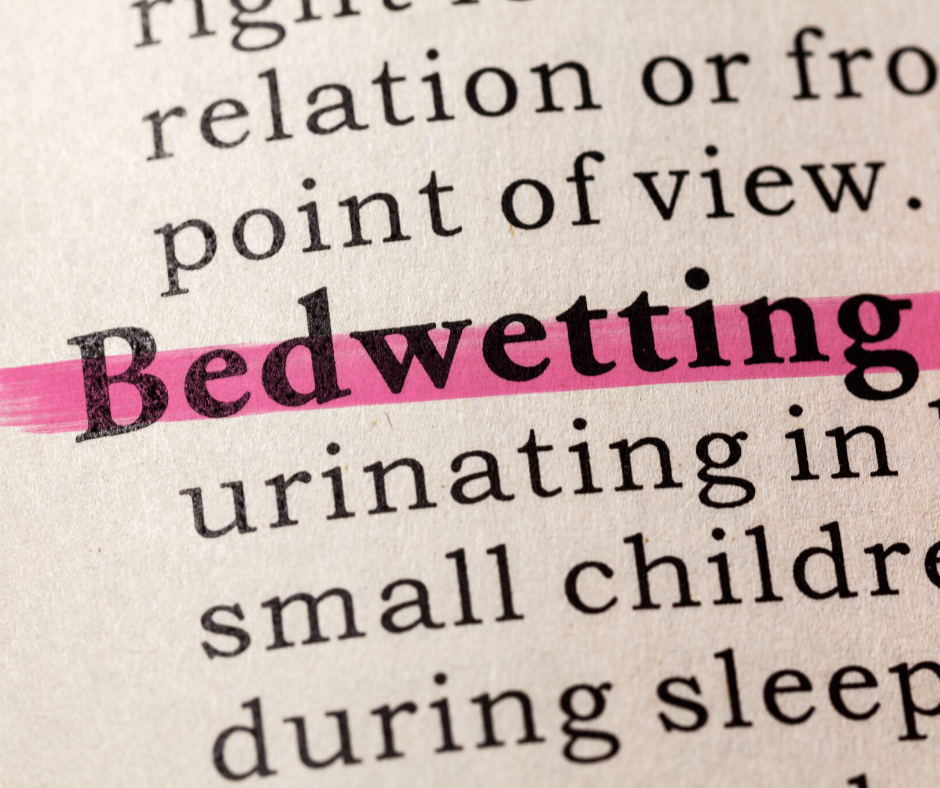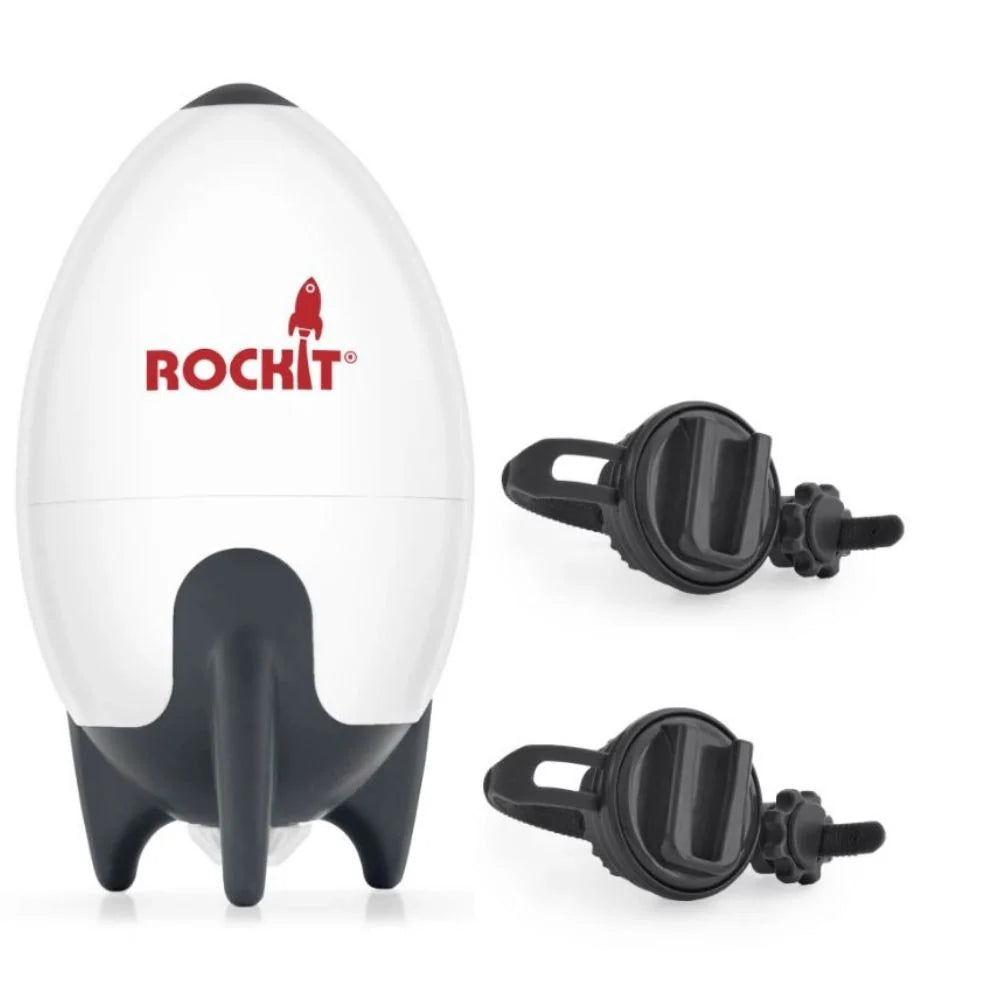News
Waking and Taking your Child to the Toilet….What are you really achieving?
With most areas of parenting there are plenty of opinions and information regarding almost every topic. Google ‘bedwetting help’ and you’ll find a fair amount of conflicting advice. For those parents trying to help their child become dry at night we’ve taken a good a look at the idea of ‘waking and taking’ your child to the toilet each night in the hope he will learn to stop wetting the bed. But what are you really achieving by doing this? Here’s what we’ve learnt from the experts. With some children, this method does provide dry nights but your child doesn't actually learn anything from this. It is probable that your child is emptying his bladder before it’s full, making it difficult to learn the appropriate response to the full-bladder signal. More often than not, children have no memory of being woken and taken to the toilet, even though they may look awake. Waking and taking your child to the toilet at the same time each night may make his bladder used to being emptied at that specific time, rather than holding it until morning. Because your child learns nothing by this method, he will likely wet on nights you can’t take him or you forget. Just as you may have to get up at different times each night to visit the toilet, or some nights not at all, your child's bladder needs to be emptied at various times too. You have no way of knowing exactly when your child needs to use the toilet because this differs each night. Waking him and taking him may fit in with your schedule but not his. You may consider trying the ‘waking and taking’ strategy for a couple of weeks, or every second night and then see if your child stays dry on the nights you don't walk him to the toilet. If he can stay dry on his own, then that’s great. If, however, you don't see improvement on the nights you don't wake him, this strategy most likely won't work. Waking and taking him for months or years will not allow him to make that important ‘brain-bladder connection’ so he can wake on his own to a full bladder that’s needs emptying. If your child is 5 or 6 and still wetting on the nights you don’t take him to the toilet you may want to consider a different approach based on helping him make the connection between his bladder and brain. A bedwetting alarm is the most commonly used technique to help make that connection. When your child’s bladder is full and he begins to wet, the alarm sounds and wakes him. This consistent approach conditions him to recognise the feeling that comes before he needs to wake up to use the toilet. Then he can stay dry at night without any help from you. Need more information about Bedwetting Alarms?
Learn moreChoosing the best bedwetting alarm...
A recent study saw 66% improvement in children who used a bedwetting alarm for 2 weeks, verses only 4% for those who used nothing at all. Research into the bedwetting alarms shows an 80% success rate in committed children (and their caregivers). How does a bedwetting alarm work? Different alarms work in slightly different ways but essentially a sensor detects wetness, which then activates an alarm (which vibrates and/or sounds) to wake your child. Eventually the alarm conditions the brain to wake up before any accidents happen at all. The time is takes to ‘train the brain’ and stop wetting varies from child to child, but for some children they become dry within 10 days, other children can take much longer. Choosing the right bedwetting alarm There are three types of bedwetting alarms: #1 Wearable Bedwetting Alarms With a wearable alarm, the child places the moisture sensing device in his or her pyjamas or underwear (in the line of fire). When the child wets, the sensor detects the wetness and the alarm is sounded. The sensor is attached to a cord at one end and the alarm/unit at the other end. The unit attaches to the pyjama top. With this alarm your child will need to use a waterproof bed pad. Recommended: WetStop3 has been used successfully for over 40 years! It is a good cost-effective alarm. #2 Bed-and-Pad Bedwetting Alarm With an ‘alarm-and-pad’ bedwetting alarm, the moisture sensor is sewn into the pad placed beneath the sleeper. The sewn-in sensors in the pad detect moisture and the alarm sounds. The sensor pads which come with the Wet Detective from Potty MD have the added advantage of being waterproof, which means you don’t need an extra waterproof pad on the bed (as well as the sensor pad). The pads are also industrial quality so they withstand wash after wash. This is a good option for those children who don’t want to wear an alarm. They are also good for adults, the elderly and those with special needs. Recommended: Wet Detective #3 Wireless Bedwetting Alarm The third type of bedwetting alarm, the wireless alarm, is the newest technology on the market. The child wears special underpants (available in all sizes) which have sewn in sensors. The added advantage of this alarm over others is that moisture is detected immediately thereby triggering the alarm to sound immediately to wake the child. This alarm is comfortable to wear as no cords or cables are involved. A small transmitter is attached to the underpants and a base unit is plugged into a power point (or powered by battery). Another advantage of this alarm is that if you have a particularly deep sleeper or you have a child who shares a room, then a vibrating unit (Bed-Shaker) can be attached to this unit so vibration is used to wake your child. Lastly, a separate base unit can be purchased to place in the caregiver’s room so mum or dad can also hear the alarm sound. Recommended: Rodger Wireless Bedwetting Alarm Alarm Type Alarm Type Useful for Advantages Wet Stop 3 Wearable alarm with clipped on sensor and cord Sound and vibration Children Cost effective. Simple to use. Proven success (sold since 1979). Wet Detective Sensor pad on bed and alarm unit beside bed Sound Children Adults Special Needs Elderly Can be set to a loud setting. Pad is waterproof. Simple to use. Comfortable – no cables. Rodger Wireless Alarm Wearable sensor underpants with transmitter. Base unit plugged into wall. Sound Children Adults Special Needs Latest technology. Comfortable – sewn-in sensor underpants. No cords. Moisture detected immediately. Vibrating Bed Shaker attachment available. Second base unit for parent’s room available. Bedwetting alarms best practices Choose the right time. Choose times when routines are not interrupted too much. Talk to your child about how the alarm works and help him get prepared each night (spare pyjamas, night light, change of underpants/bed pad). Make setting the alarm part of your everyday bedtime routine. Do not skip nights. Be POSITIVE! Give plenty of encouragement and stay confident and positive along the way. Work on daytime toilet habits too. Encourage regular fluid and toilet stops throughout the day. Avoid using nappies or pull-ups—your child should feel the wetness. For some children it takes time before they wake to the sound of the alarm. Be patient & assist your child with waking when the alarm sounds. With time they will wake by themselves. Remain PATIENT throughout the process. Some children become dry within days, others take weeks. As you continue to use the alarm every night the number of dry nights will begin to outnumber the wet ones. However, during the training process, expect the occasional accident to occur. This is normal as your child’s body develops.
Learn more






